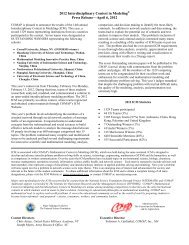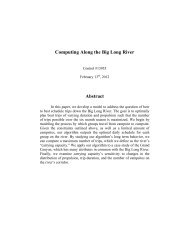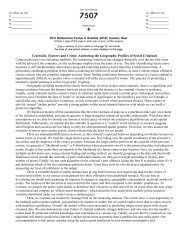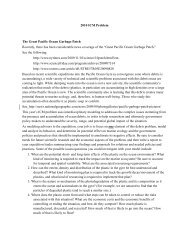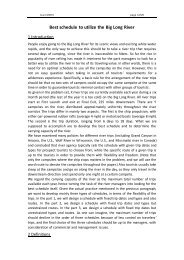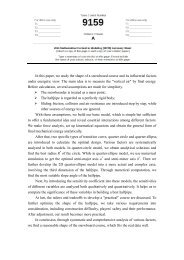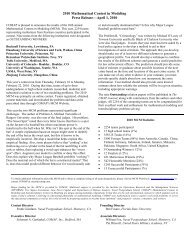Seismic Design of Slopes I - Indian Institute of Technology ...
Seismic Design of Slopes I - Indian Institute of Technology ...
Seismic Design of Slopes I - Indian Institute of Technology ...
You also want an ePaper? Increase the reach of your titles
YUMPU automatically turns print PDFs into web optimized ePapers that Google loves.
<strong>Seismic</strong><br />
coefficients<br />
suggested in<br />
1966 for use in<br />
pseudostatic<br />
analysis<br />
(after Seed 1966)<br />
27<br />
IITK-GSDMA Guidelines for<br />
<strong>Seismic</strong> Coefficient<br />
In the absence <strong>of</strong> site-specific estimates <strong>of</strong> design peak ground, the design<br />
seismic inertia forces for equivalent-static slope stability assessment shall be<br />
taken as:<br />
Where F H is the horizontal inertial force, Z is the Zone Factor given in IS:1893<br />
- Part 1 (2002), I is the importance factor as per Table 1, S is an empirical<br />
coefficient to account for the amplification <strong>of</strong> ground motion between<br />
bedrock and the elevation <strong>of</strong> the toe <strong>of</strong> the dam or embankment (Table 2),<br />
and W is the weight <strong>of</strong> the sliding mass.<br />
If the estimate <strong>of</strong> design peak ground horizontal acceleration (PHGA) at the<br />
elevation <strong>of</strong> the toe <strong>of</strong> the dam is available, the design seismic inertia forces<br />
for equivalent-static slope stability assessment shall be taken as:<br />
where a max is the design PHGA at the elevation <strong>of</strong> the toe <strong>of</strong> the dam.<br />
The vertical inertial force during an earthquake may be neglected in the<br />
design.<br />
28<br />
14







